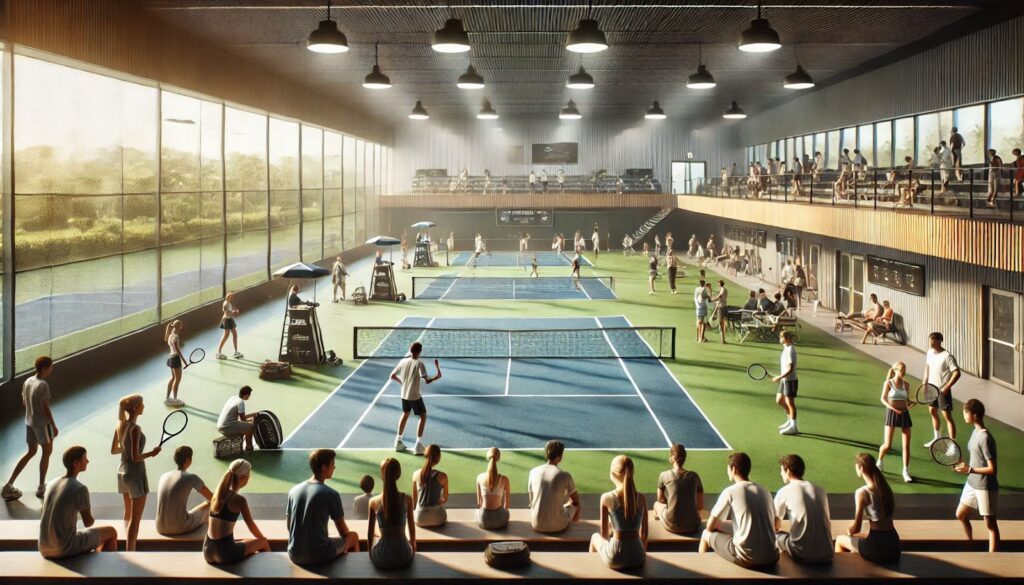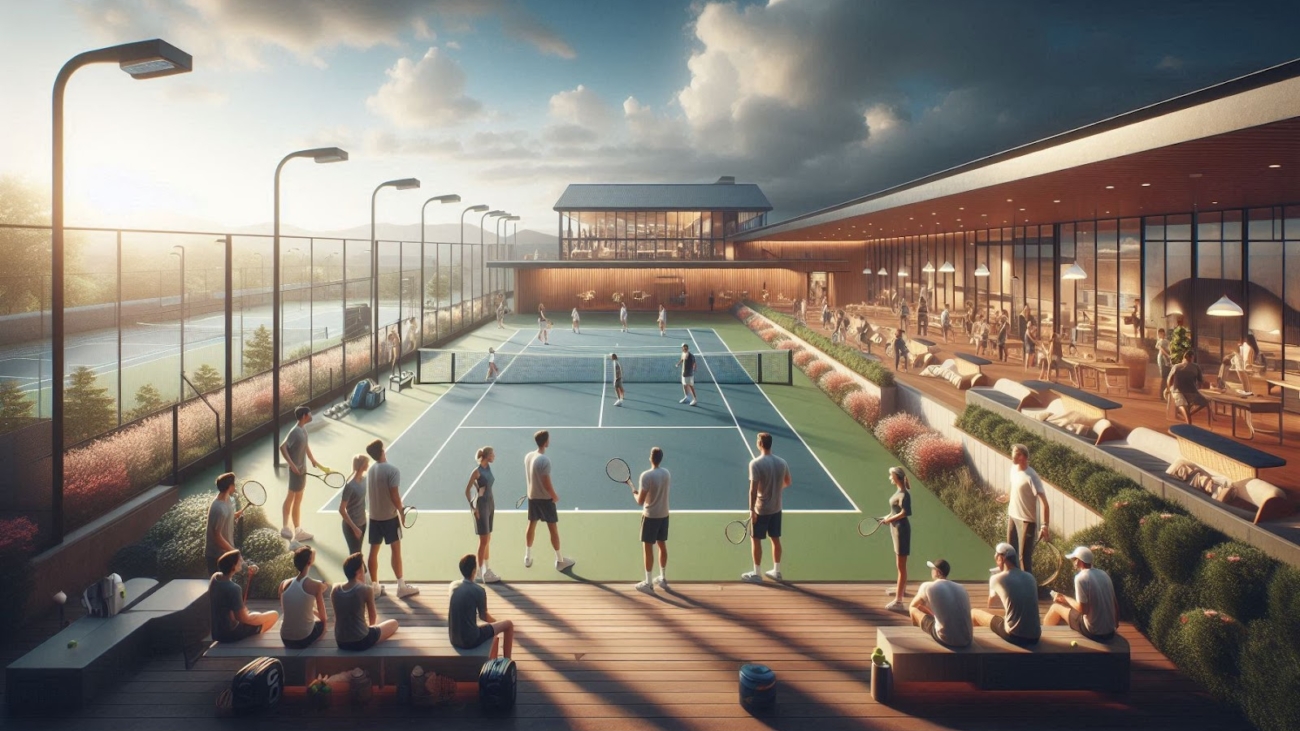In the shadow of what would become the world’s tallest building, a peculiar story unfolds. Where the Burj Khalifa now pierces the clouds, tennis enthusiasts once practiced their serves under the scorching Arabian sun. This remarkable transformation epitomizes the broader narrative of building in Dubai, where architectural ambition has continuously defied both gravity and expectations. The city’s metamorphosis from a modest trading post to a global architectural playground represents one of humanity’s most ambitious urban experiments, unfolding at a pace that has left even seasoned urban planners in awe.
Desert Dreams and Drawing Boards: The Unconventional Genesis
The story begins not with construction crews but with a group of visionary merchants who, in the 1960s, gathered in a makeshift office crafted from palm fronds to sketch their dreams in the sand. Sheikh Rashid bin Saeed Al Maktoum, then ruler of Dubai, famously carried a wooden ruler in his pocket – not as a symbol of authority, but as a practical tool for impromptu urban planning sessions where he would draw potential city layouts directly in the desert sand.
During these early planning stages, architectural blueprints often arrived via dhow boats, sometimes dampened by sea spray but carrying within their rolled pages the seeds of Dubai’s future skyline. The first architectural office in Dubai operated from a converted fishing boat, moored in the Creek, where international consultants would meet with local builders to merge global expertise with indigenous knowledge.
The initial phase of modern construction in Dubai faced unique challenges that demanded innovative solutions. Engineers discovered that traditional foundation methods used in other major cities were inadequate for Dubai’s sandy terrain. This led to the development of new construction techniques, including the use of specialized concrete mixtures that could withstand both the extreme heat and the corrosive effects of salt-laden groundwater.
Perhaps most intriguingly, the early architectural plans were tested using scale models placed in wind tunnels filled with desert sand, rather than conventional wind tunnel testing facilities. This unorthodox approach helped engineers understand how their structures would interact with Dubai’s unique environmental conditions, including the infamous shamal winds that can carry abrasive sand particles at high velocities.

The Symphony of Steel and Glass: Orchestrating Vertical Dreams
Within the realm of Dubai’s architectural evolution, each skyscraper tells a story of technological innovation and cultural amalgamation. The Emirates Towers, completed in 2000, pioneered the use of a double-deck elevator system in the region, inspired by the traditional Arabic concept of separated public and private spaces.
The architectural teams behind Dubai’s iconic buildings often worked in unconventional ways. Design meetings would frequently occur at dawn, when the desert air was cool enough to think clearly, and architects could observe how early morning light interacted with their emerging structures. This practice led to the development of specialized glass coating technologies that would later become industry standards worldwide.
Behind the scenes, Dubai’s builders developed a unique approach to construction scheduling, known locally as “vertical time-lapse building.” This method involved completing and occupying lower floors while upper levels were still under construction, a practice that initially raised eyebrows but later became a model for rapid urban development globally.
The integration of traditional Islamic architectural elements with modern design has created a distinctive architectural language unique to Dubai. For instance, the Address Downtown’s design incorporates geometric patterns inspired by ancient Islamic architecture, calculated using advanced algorithmic modeling to optimize both aesthetic appeal and structural integrity.
Vertical Gardens and Sky Bridges: Engineering the Impossible
In the race toward the clouds, Dubai’s architects have consistently pushed the boundaries of what’s possible in vertical construction. The city has become a testing ground for revolutionary building technologies, including the world’s first climate-controlled pedestrian bridges and indoor tropical rainforests suspended 30 stories above the desert floor.
The city’s architectural innovations extend beyond mere height records. Engineers have developed sophisticated systems to maintain the ecological balance within these massive structures. For example, the Burj Khalifa’s condensate collection system captures and reuses approximately 15 million gallons of water annually, enough to fill 20 Olympic-sized swimming pools.
The challenge of creating comfortable living spaces in a desert environment has led to the development of new materials and construction techniques. Building facades now incorporate self-cleaning surfaces inspired by lotus leaves, while internal systems use AI-driven climate control that learns from occupant behavior patterns to optimize energy usage.
These technological achievements have required unprecedented levels of international collaboration. Design teams often span five continents, with real-time digital modeling allowing architects in Dubai to collaborate with structural engineers in Singapore and environmental specialists in Switzerland simultaneously.
The Human Element: Stories Behind the Scaffolding
While the towers of Dubai reach toward the heavens, their foundations rest firmly on human stories. Construction workers from over 100 nations have contributed to building these architectural marvels, each bringing unique skills and cultural perspectives to the projects. The result is a built environment that reflects a global confluence of craftsmanship and expertise.
The social impact of Dubai’s architectural revolution extends beyond the construction sites. Local universities have developed specialized programs in desert architecture and sustainable urban development, creating a new generation of professionals equipped to carry forward the city’s architectural legacy. These educational initiatives have transformed Dubai into a living laboratory for architectural innovation.
Many of Dubai’s iconic buildings incorporate spaces specifically designed to foster community interaction, drawing inspiration from traditional Arabic neighborhoods where social connections were prioritized. For instance, the Dubai Frame includes public areas that serve as modern interpretations of ancient gathering spaces, where visitors can engage with both the city’s past and its future.
The human-centric approach to design has also led to innovations in construction safety and worker welfare. Dubai’s construction sites have become testing grounds for new safety technologies, including AI-powered monitoring systems and exoskeletons that assist workers with heavy lifting tasks.
Sustainability in the Sand: Rewriting the Rules of Desert Architecture
Contrary to popular perception, Dubai’s architectural evolution has increasingly focused on environmental sustainability. Modern buildings incorporate ancient Persian wind tower principles, updated with contemporary technology to provide natural cooling. These systems reduce energy consumption while paying homage to regional architectural heritage.
Innovative water management systems have become a hallmark of Dubai’s newer developments. Buildings now feature atmospheric water generators that extract moisture from the humid air, while greywater recycling systems ensure that every drop is used multiple times. These technologies have transformed Dubai’s buildings from resource consumers into resource generators.
The city has pioneered the concept of “desert-positive” architecture, where buildings actually improve their surrounding environment. Some structures feature outer shells that capture and filter sand particles, gradually creating pockets of more stable soil around their foundations. Others incorporate specialized materials that reflect heat while allowing natural light to penetrate, reducing the urban heat island effect.
Recent projects have begun experimenting with bio-concrete, which contains living organisms that can repair structural cracks autonomously. This technology, initially developed for Dubai’s challenging climate, is now being adopted by architects worldwide for its potential to extend building lifespans and reduce maintenance costs.
Digital Twins and Virtual Foundations: The Next Frontier
As Dubai continues to push architectural boundaries, the line between physical and digital construction becomes increasingly blurred. Every major building project now begins life as a detailed digital twin, allowing designers to simulate decades of environmental exposure before breaking ground. These virtual models incorporate data from thousands of sensors embedded in existing structures throughout the city.
The integration of artificial intelligence in building management has reached new heights in Dubai’s latest projects. Smart buildings now learn from their occupants’ behaviors, adjusting everything from elevator schedules to façade opacity based on usage patterns and environmental conditions. Some buildings can even predict and prepare for maintenance needs before issues become apparent.
Recent developments have introduced the concept of “programmable architecture,” where building elements can physically reconfigure themselves based on environmental conditions or occupant needs. This includes shape-shifting facades that optimize solar gain and wind resistance, and internal spaces that can transform their layout and function throughout the day.
The future of construction in Dubai increasingly relies on autonomous systems, from robotic construction methods to self-organizing building components. These innovations not only speed up construction but also allow for unprecedented precision in building assembly and maintenance.
This continuous evolution of Dubai’s architectural landscape represents more than just a collection of impressive structures – it’s a testament to human ingenuity and ambition. From those early tennis courts to today’s record-breaking skyscrapers, each building tells a story of innovation, determination, and the relentless pursuit of architectural excellence. As the city continues to evolve, its skyline stands as a blueprint for the future of urban development, showing the world what’s possible when vision meets determination in the heart of the desert.
